Which JBL speaker should you buy? Flip 6, Charge 5, Xtreme 4 and more compared
Helping you to choose the best JBL wireless speaker
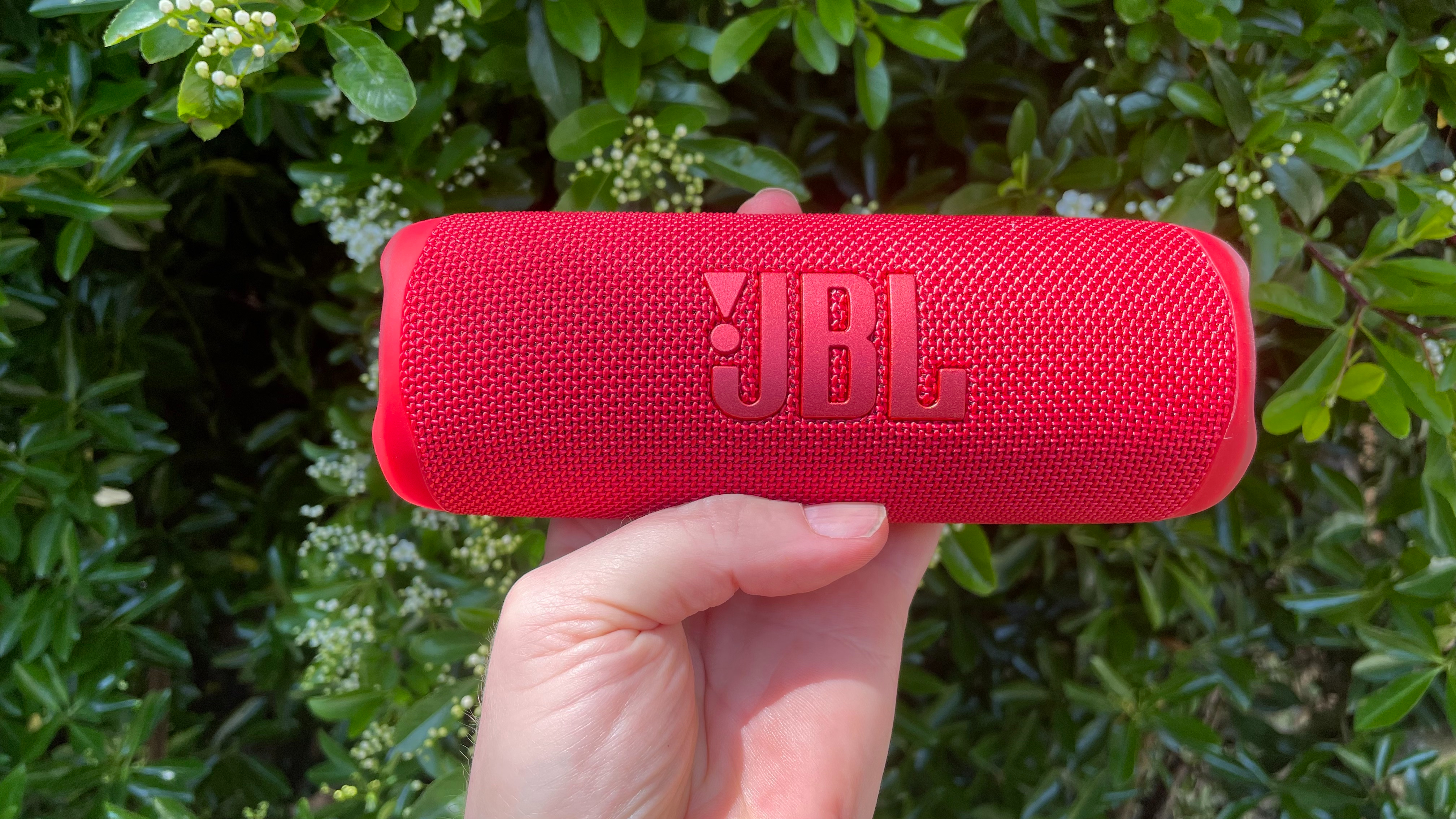
JBL is dominating when it comes to delivering some of the market's best Bluetooth speakers, from slimmer portables like the JBL Flip 6 to the heftier, newer Xtreme 4. Ultimate Ears, Sony, Bose, Beats and many others are attempting to break what often feels like a de facto monopoly, but in terms of consistent excellence, no one else comes close right now.
The tricky part for the buyer, then, isn't knowing to pick JBL, it's knowing which JBL speaker to pick. The decision goes beyond size and shape – of course, more expensive models have more features than their cheaper siblings, and we've found that the incremental updates in sound quality are worth it with every newer iteration. But you might forego some of the additional features for the basic Bluetooth connection, if you're looking to spend less and favour portability over scale of sound. And bear in mind it isn't just the various new models that are worth considering; the previous generations that earned five or four stars are still excellent options, especially when you can buy them at significant discounts.
So without further ado, let's figure out which is the best JBL speaker for you.
- In the US? Check out our list of the best Bluetooth speakers under $100
JBL Flip 6 vs Flip 5: which is flippin' better?
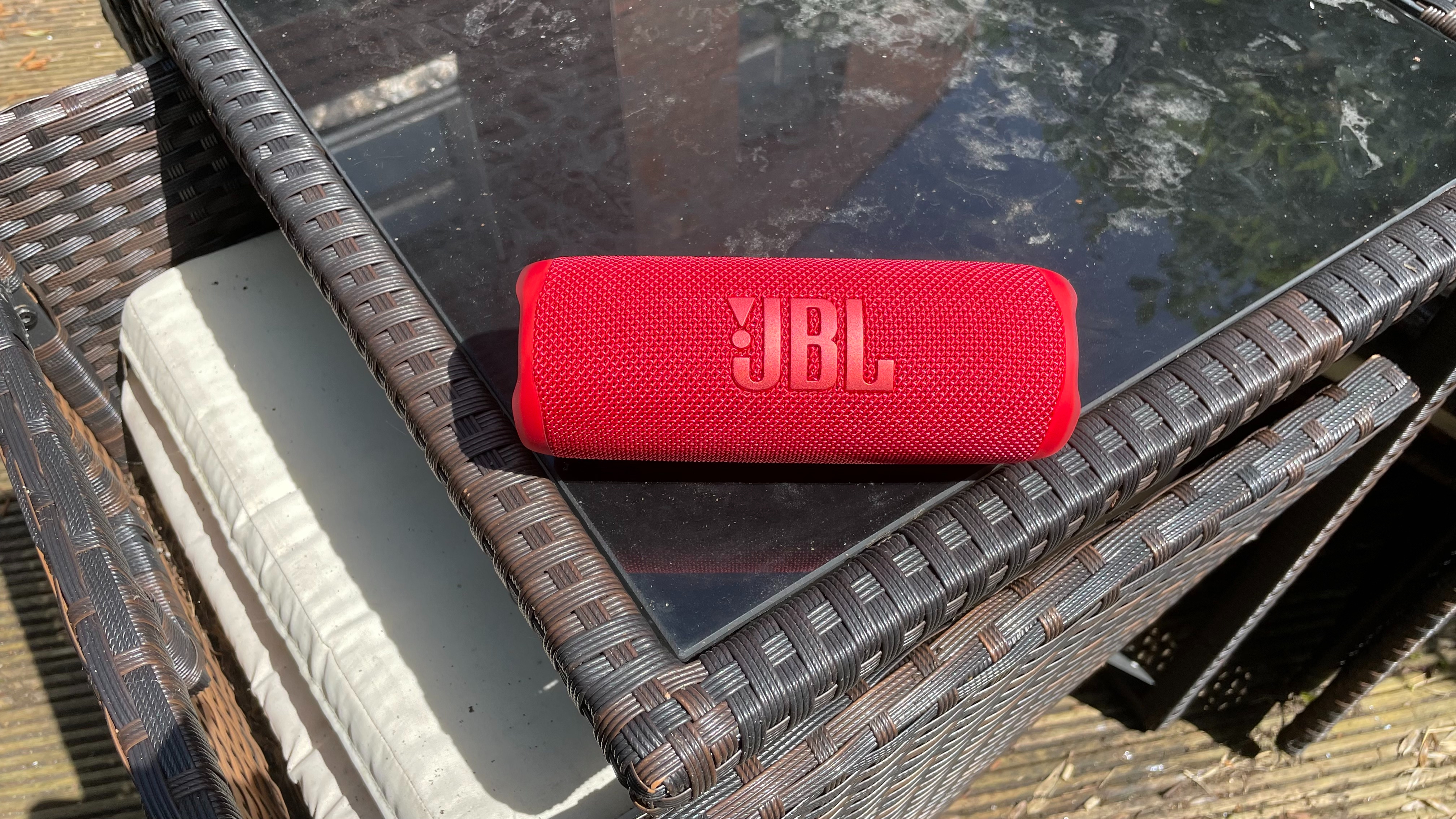
Let's start with arguably the most popular JBL wireless speakers: the Flip 6 and its very competent predecessor, the five-star Flip 5.
The Flip 6 has the same racetrack-shaped driver as the Flip 5, but also has a separate tweeter and dual passive radiators, giving tunes added depth and power. It's also a minor upgrade in terms of durability, with an IP67 rating over the Flip 5's respectable IPX7. That means it has the same waterproof rating as the Flip 5 (surviving full submersion in up to a metre of water for 30 minutes), while also being completely dust-tight.
That racetrack driver has proved a killer tool for many of JBL's Bluetooth worldbeaters, and it's no different with the Flip 6. The Flip 5 sounded awesome for the price, especially with regard to its energetic, agile sense of fun, but the Flip 6 takes things a step further. Aside from its slight propensity to expose the harshness in poor recordings, the sixth-gen Flip is a burrito-shaped beauty that packs your music with flavour and fun. Not only does it make music sound clean and emotionally resonant, but there's also so much space and openness, not to mention dynamic expression, that makes it an involving, three-dimensional performer.
The Bluetooth is upgraded on the Flip 6, from version 4.2 to 5.1, and it has the same PartyBoost feature which lets you wirelessly pair it with other JBL speakers – including the Flip 5 – for a nice sonic boost. Battery life, meanwhile, clocks in at the same 12-hour battery life. There are even some nifty new colourways, including Dusty Pink, Grey Stone, River Teal, Fiesta Red, Ocean Blue, Midnight Black, Steel White, Forest Green and a camo skin called Squad.
The Flip 6 costs £130 / $130 / AU$200, although you'll certainly be able to find a great deal now that it's been out for a little while, especially during sales periods and events. The newer edition is naturally pricier than the Flip 5, but given the improvements to aspects such as build and features, it's definitely worth it.
We're still waiting on the arrival of the Flip 7, and while we're due some news of it in the coming weeks and months, we're yet to see any evidence of a sequel to 2021's five-star sixth-generation model. Watch this space, though, as while we didn't get a glimpse of the Flip 7 at CES 2024, it's only a matter of time before one of JBL's most popular models gets a welcome, much-anticipated upgrade. If JBL can just tone down that propensity to expose harsh recordings, the Flip 7 could well be a masterpiece.
- JBL Flip 6 vs Flip 5: which Bluetooth speaker is better?
- Read our full JBL Flip 6 review
- And the JBL Flip 5 review
JBL Charge 5 vs Charge 4: putting the power in 'power ballads'
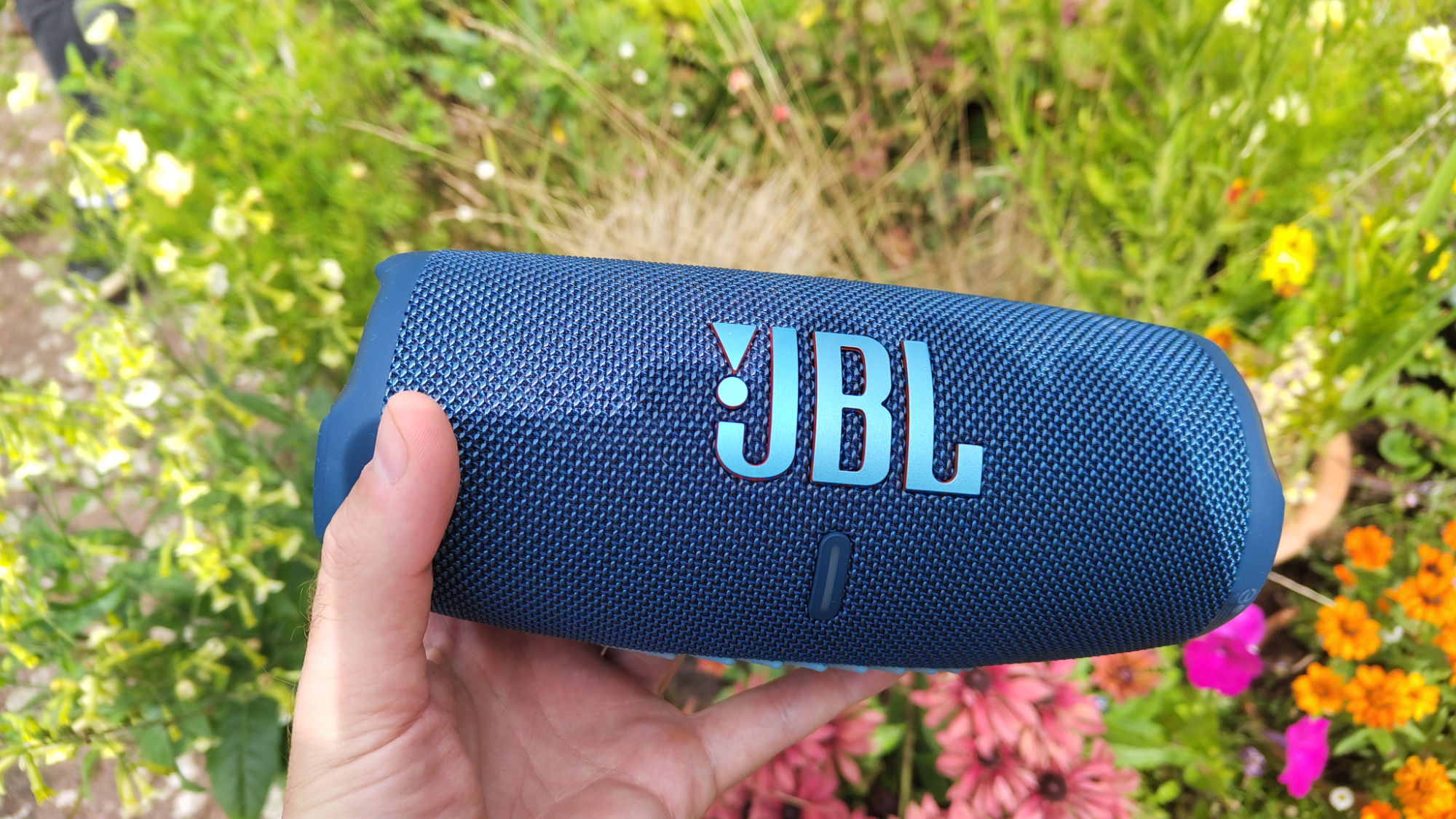
The Flips are small enough to be easily portable, but JBL makes bigger portable Bluetooth speakers too, such as the JBL Charge and JBL Xtreme speakers. As you'll see, they're very different beasts altogether.
The Charge 5 is the current latest model in the mainline Charge line-up (Wi-Fi model notwithstanding) and a current What Hi-Fi? Award winner, so it won't come to anyone's surprise that we highly recommend it. Like its predecessor, it doubles as a portable battery pack, charging up your smartphone or tablet – the clue is rather in the name.
The battery is a monster 7500mAh, which is good for 20 hours of uninterrupted listening. That equals the Charge 4, but there are plenty of improvements as well. It's now more durable, for one – its IP67 rating means not only can it survive being dunked in a metre of water for 30 minutes, but it's also completely dust-tight. The exterior has also been overhauled: the ends of its barrel-like bodywork boast a slightly more robust rubberised reinforcement, while the speaker itself is a whole 1mm taller, 2mm deeper, 3mm wider and 5g heavier than its older brother.
The improvements continue on the inside. The 52 x 90mm bass driver is a couple of millimetres wider than Charge 4's, and there’s a new 20mm tweeter operating alongside. These units both have dedicated power amplification – 30W for the woofer and 10W for the highs. There is also Bluetooth 5.1 rather than 4.2 on the Charge 4, which gives you greater range and a more robust wireless connection.
Like the Flips, the Charge 5 can connect wirelessly to other JBL speakers thanks to JBL's PartyBoost mode (though not the older Charge 4, which uses the increasingly outdated Connect+ technology). You can either sync them to all play the same song or split it so one speaker handles the left channel and one the right for a greater sense of scale, with the option of daisy chaining up to 100 speakers in this way. Imagine the noise...
Two smartphones or tablets can connect wirelessly to the Charge 5 at once, so you can share it with a friend (as long as they have good music taste) and it comes in plenty of colours. The 3.5mm headphone port found on the Charge 4 is nowhere to be seen – maybe JBL realised that with all this grunt at their disposal, no one's listening to this speaker through headphones.
What makes the Charge 5 an Award-winner, though, is how it performs sonically. We called the Charge 4 a "fun and bubbly Bluetooth speaker with a serious sound", but the fifth-gen model blows the older unit, and practically anything else around at this level, completely out of the water. Across almost every front, from its clarity, soundscaping and breadth to its stunning detail, precision and sense of timing, it truly is the most impressive Bluetooth speaker we've tested in a very long time, with only the tweaked Charge 5 Wi-Fi (below) capable of bettering it sonically.
Both the Charge 5 and Charge 4 earned five stars in our reviews, but with the extra features, not to mention the lack of a significant price drop in the older model, we would recommend the newer, current Charge 5 which can be picked up for around £130 on Amazon UK right now.
Like the Flip 6 above, we're expecting a fully-fledged sequel to the Charge 5 to arrive sometime soon, possibly even this year. The latest Charge 5 model arrived in April 2021, so we're well overdue for a proper upgrade, and while a tweaked, wi-fi enabled version, the Charge 5 Wi-Fi, impressed us greatly, a Charge 6 would really have us drooling at the chops.
- JBL Charge 5 vs Charge 4: which Bluetooth speaker should you buy?
- Read our full JBL Charge 5 review
JBL Charge 5 vs Charge 5 Wi-Fi: Battle of the Charges
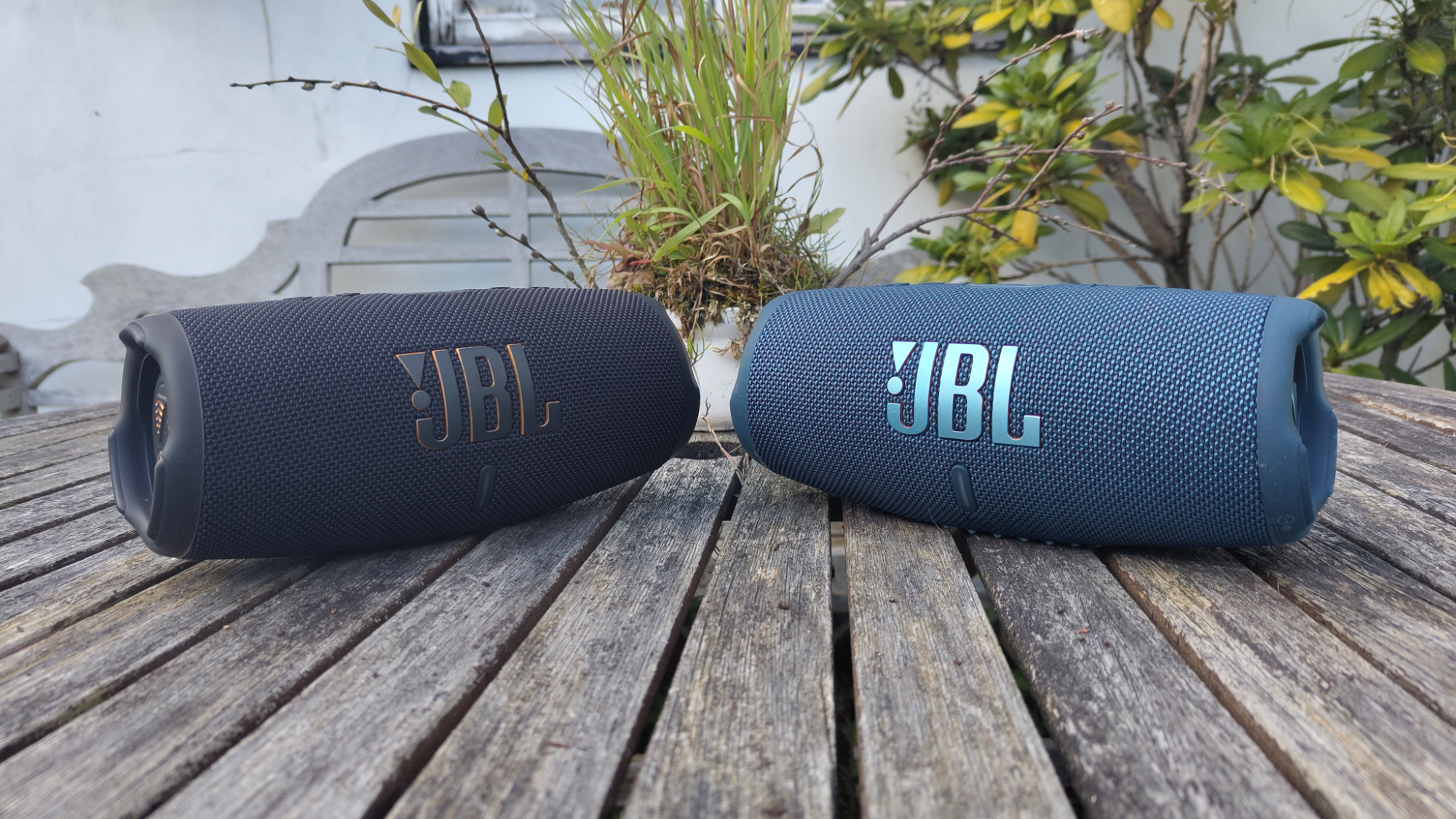
As you might expect, the JBL Charge 5 and the newer, more expensive JBL Charge 5 Wi-Fi are pretty similar speakers to behold, although there are some key differences which distinguish one from the other. First of all is price, with the original Bluetooth-only edition currently retailing at around £140 / $180 on Amazon in comparison to the 2023 wi-fi-enabled model (tested at £230 / $230 / AU$330).
Externally, it's hard to tell the difference between the two models as the key design aspects remain the same. Both sport large control buttons, a rubberised underbody, a USB charging port under a rubber cap and a rugged design with IP67 rating against dust and water splashes. You do get more colour options with the Charge 5 than the new Wi-Fi model, which is available in a single black finish.
Those superficial similarities start to diverge when it comes to features. Both offer Bluetooth (although the Charge 5 Wi-Fi boasts 5.3 over the original's 5.1), and both feature 20 hours of battery life. However, the newer model will take six hours to charge against the four hours boasted by the classic Charge 5. Internally, the main difference is that the Wi-Fi's woofer size is marginally larger at 53 x 93mm compared to the Charge 5's 52 x 90mm.
What you do get with the Charge 5 Wi-Fi is, obviously, wi-fi connectivity, enabling support for more streaming options such as AirPlay 2, Chromecast, Spotify Connect and Alexa Multi-room. You are also afforded more freedom when connected via wi-fi, as you can continue using your phone to take calls or use social media without it interrupting or affecting your music.
We love the sound of the Charge 5, but the Charge 5 Wi-Fi does give you a clearer, more detailed performance when using its wi-fi connection. Listen to any track on the Charge 5 Wi-Fi and you'll be treated to the same snappiness and drive that characterised the original Charge 5, only with a little added spice and a better sense of dynamism now in evidence. The sonic differences aren't as obvious when playing over Bluetooth, so which streaming method you favour will help you make the decision here.
Both the JBL Charge 5 and the JBL Charge 5 Wi-Fi are excellent portable speakers; they are durable, well-made, easy to use and great-sounding models that excel in all the areas you would hope for in the world of portable audio. If you seek a greater feature set and even more refined sound, you'll find the newer Wi-Fi model is certainly worth that added financial outlay, but the classic, Award-winning Charge 5 remains a great value portable speaker that still ticks the right boxes and sounds enjoyable.
- Read our JBL Charge 5 Wi-Fi review
- JBL Charge 5 vs JBL Charge 5 Wi-Fi: which Bluetooth speaker is best for you?
JBL Xtreme 4 vs Xtreme 3: Xtremely good sound
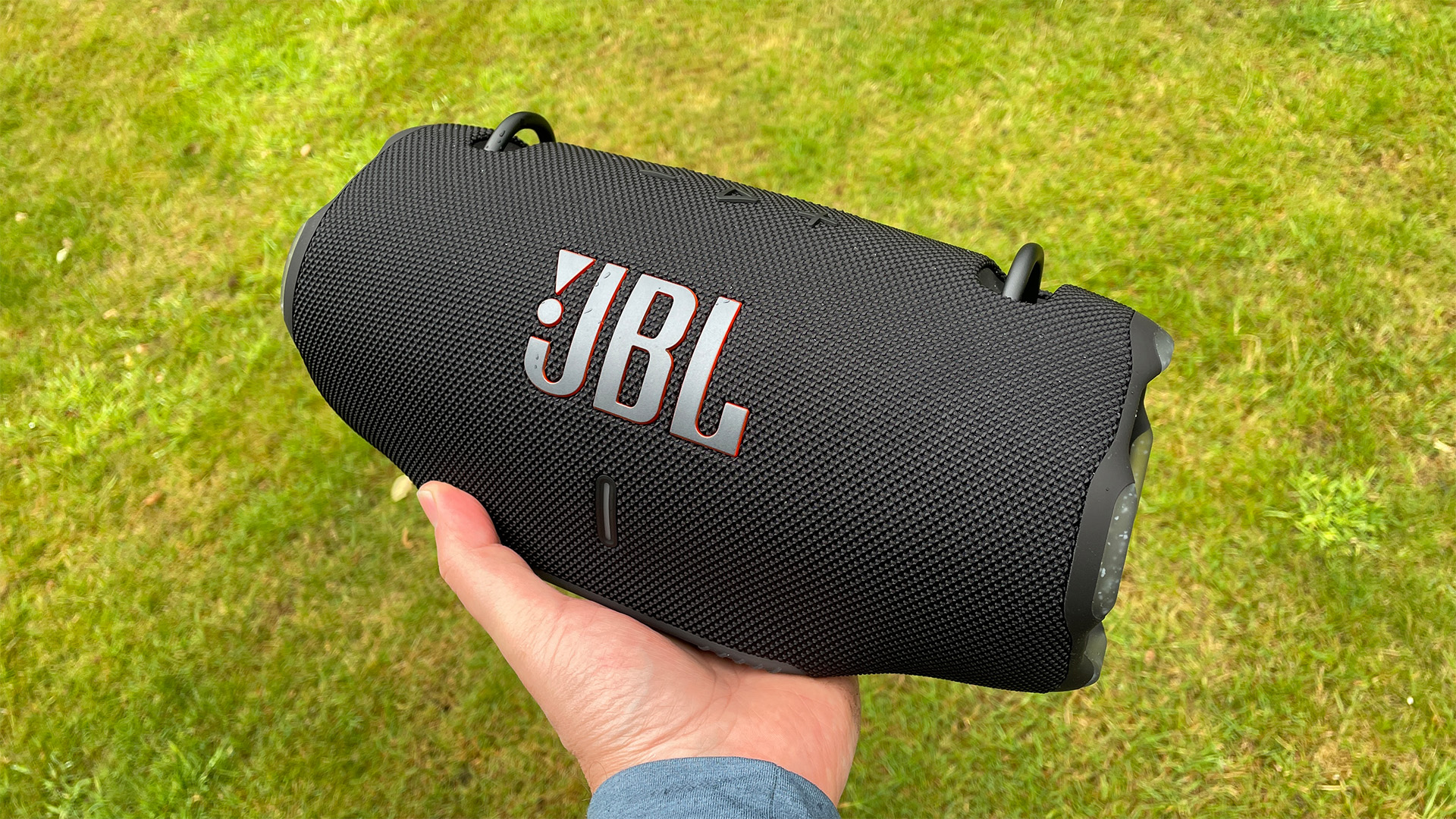
We didn't think that the substantially sized Xtreme 3 could be improved upon much, but we were wrong. 2024's Xtreme 4 sees JBL soar ever higher in its pursuit of Bluetooth brilliance, with the new unit setting a new standard at this level in terms of detail, clarity and bass reproduction. They've done it again... again.
The new Xtreme 4 looks relatively similar to the outgoing third-gen model while housing many of the same internal configurations. The drive set-up is the same as the previous model, with two 70mm woofers and twin 20mm tweeters sitting behind the grille and those ever-pulsating passive radiators sat at either end. You also get that handy carry strap, just as was the case with the Xtreme 3.
Features-wise, though, the fourth-gen arrival benefits from some big boosts over the previous iteration. Battery life for the Xtreme 4 has been boosted from 15 to 24 hours, and there's now a replaceable battery for the first time on an Xtreme model. A new Playtime Boost feature will squeeze an added 6 hours out of the battery, but you do have to sacrifice some weight and solidity from the bass if you're going to use it.
Unlike the Xtreme 3, the Xtreme 4 offers AI Sound Boost which helps the speaker maintain its sound quality at low volumes while avoiding distortion. Auracast support is new, too, replacing the PartyBoost feature of the third-gen model and allowing you to connect multiple compatible JBL units, including potential future speakers from the brand.
None of this means that the Xtreme 3 is light on features; rather, that the fourth-gen unit takes things to the next level in most departments. Whichever unit you pick, you'll receive an IP67 rating, 3.5mm aux input and USB-A port for phone charging, with the outgoing model offering PartyBoost for connecting multiple speakers together.
They're both marvellous-sounding products, too. We really did love how the Xtreme 3 played music, initially fearing that the boombox-style speaker would end up sounding unrefined and brash but instead delighting in its impressive detail, sense of dynamics and adept feel for timing and rhythms.
With the Xtreme 4, it's a similar story. We're always surprised by just how refined this big, bold, showy speaker can sound – it's not a burly bass machine; it's a lot more subtle and considered. High are crisp and clear, low frequencies have poise and power without feeling unwieldy, while ample details and convincing dynamics combine for an insightful yet engaging experience.
Which Xtreme you end up picking, then, may end up being dictated by consideration of price. The Xtreme 3 has started to drop heavily given that its days are numbered, falling from its £300 / $350 / AU$400 test price to sit at roughly £230 / $230 / AU$280. The fourth-gen Xtreme is still new to the world, so don't expect many drops from its £330 / $380 / AU$430 test price just yet.
- Read our JBL Xtreme 4 review
- Read our JBL Xtreme 3 review
- JBL Charge 5 vs JBL Xtreme 3: which Bluetooth speaker is best for you?
JBL Go 3 vs Go 4: on a budget? Say hello to this little friend
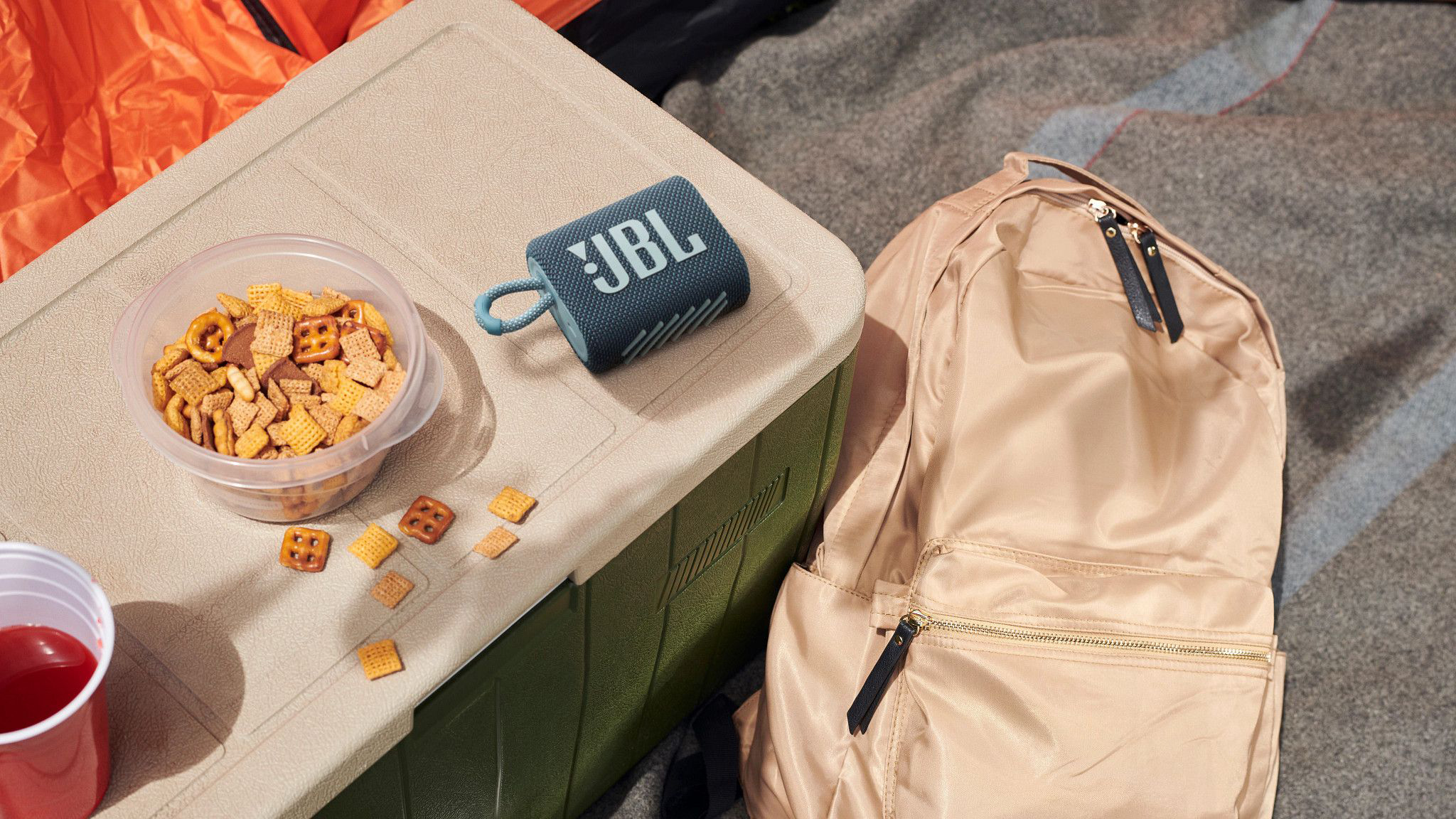
What if you've scrolled down this list and thought to yourself: "This is all well and good, but I need something much smaller and much cheaper than anything I've seen so far?" That, surely, is where the palm-sized JBL Go 3 comes in.
The Go 3 might feel like old news thanks to the arrival of the new and updated Go 4, and while we'll have that review live soon, the soap-sized Go 3 is still available. Currently retailing around the £30-£40 ($30-$40) mark, the Go 3 is a solid option if you're super tight on space and money. It's not quite as durable nor has the long battery life as other JBLs, but then look at how tiny it is. It's adorable!
As our review made clear, the third-gen Go represented a marked improvement over the outgoing model: "that extra power and overhauled design can be attributed to the more integrated, rounded, balanced sound over the JBL Go 2", with bass performance feeling "more weighty and impactful in direct comparison".
Like its larger siblings, the Go 3 surprises you with the energy and cohesion it brings to your tunes, spotlighting sonic nuances in a way that feels remarkable for such a diminutive, inexpensive product. The slightly larger, slightly more costly Tribit Stormbox Micro 2 is a more entertaining five-option that gives you plenty of bang for your budget buck at a slightly higher price, but don't discount just how much musicality and structure, as well as volume, JBL's smallest speaker provides.
Or, of course, you could hold off until you discover our final verdict for the new Go 4. The fourth-gen Go features a marginally tweaked design over the original Go 3, with a wider strap and now seven hours of battery life over the Go 3's meagre five, as well as Auracast capabilities. Available in six different colours, it will look to rectify a few of the minor issues we had with the third-gen model (that battery life is already looking healthier) in the pursuit of a full five-star haul. Stay tuned for our full review very soon.
- Read our JBL Go 3 review
MORE:
Here's what we want from the next JBL Flip 7 and JBL Charge 6
These are the best Bluetooth speakers
Getting wet? Best waterproof speakers
Going away? Best portable speakers
Get the What Hi-Fi? Newsletter
The latest hi-fi, home cinema and tech news, reviews, buying advice and deals, direct to your inbox.
Joe has been writing about tech for 20 years, first on staff at T3 magazine, then in a freelance capacity for Stuff, The Sunday Times Travel Magazine (now defunct), Men's Health, GQ, The Mirror, Trusted Reviews, TechRadar and many more. His specialities include all things mobile, headphones and speakers that he can't justifying spending money on.
-
katiesjung My JBL Flip Essential Portable Bluetooth Speaker is still alive and working perfectly. I've been using this almost everyday and buying this is really worth it.Reply

